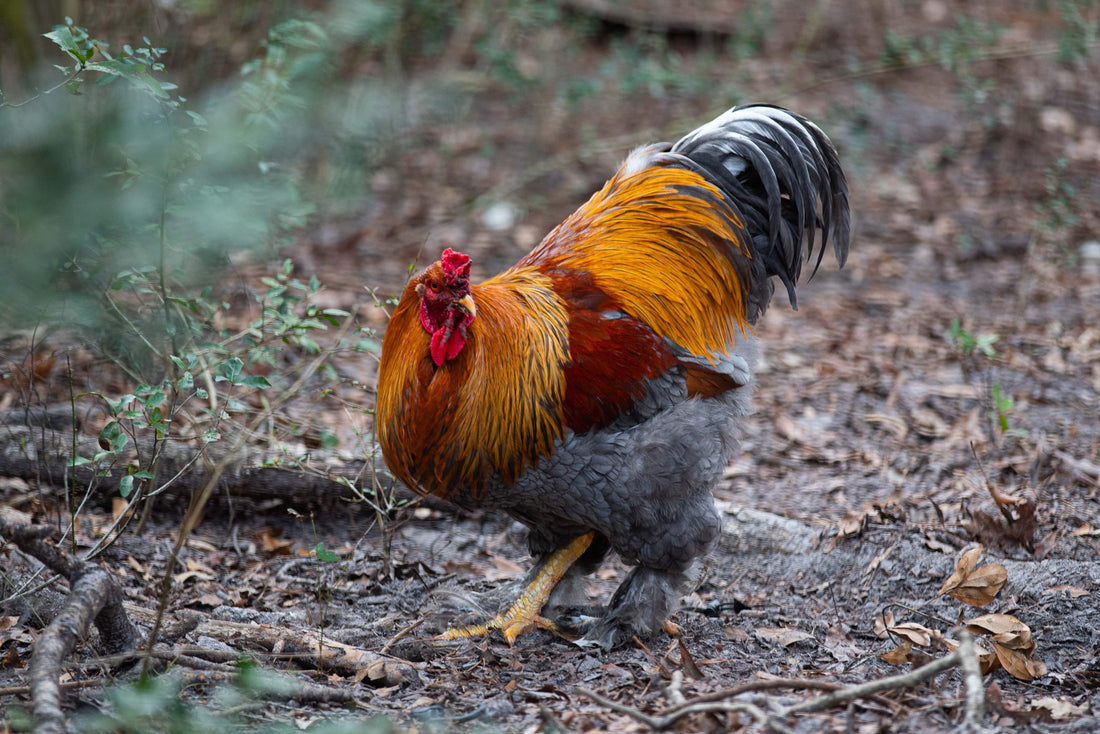
The Silver Gene Explained
The silver and gold gene in chickens plays a critical role in determining the color of the birds. It's a fascinating aspect of poultry genetics that, in essence, dictates whether a chicken will display a gold or silver color base in its feathers.
The silver and gold gene is a sex-linked gene, meaning it's located on the sex chromosomes. It's one of the first genetic aspects that express itself in the development of a chicken embryo. The gene has two main alleles, or variations: S (Silver) and s+ (Gold). Silver is dominant and Gold is recessive.
Let's break it down:
1. Silver (S): This is the dominant gene. If a chicken has at least one Silver gene, it will express silver coloring. In other words, regardless of whether a chicken is SS (homozygous for Silver) or Ss+ (heterozygous, carrying one Silver and one Gold gene), it will show silver coloration.
2. Gold (s+): This is the recessive gene. For a chicken to express gold coloring, it must carry two copies of the Gold gene (s+s+). This means that both parents must contribute a Gold gene.
It's crucial to note that the silver or gold base color is just the starting point. Many other genes interact with this base color to create the wide array of beautiful and varied color patterns we see in different chicken breeds.
For example, the Partridge color pattern in chickens requires the Gold gene, while the Silver Laced pattern requires the Silver gene. Also, bird's sex can influence the expression of these genes, leading to sexual dimorphism where males and females show different color patterns.
To sum up, the Silver and Gold gene in chickens is a fundamental building block in the colorful world of poultry genetics. It's the first step towards the diverse and stunning array of chicken colors and patterns we see and admire.
The silver and gold gene is a sex-linked gene, meaning it's located on the sex chromosomes. It's one of the first genetic aspects that express itself in the development of a chicken embryo. The gene has two main alleles, or variations: S (Silver) and s+ (Gold). Silver is dominant and Gold is recessive.
Let's break it down:
1. Silver (S): This is the dominant gene. If a chicken has at least one Silver gene, it will express silver coloring. In other words, regardless of whether a chicken is SS (homozygous for Silver) or Ss+ (heterozygous, carrying one Silver and one Gold gene), it will show silver coloration.
2. Gold (s+): This is the recessive gene. For a chicken to express gold coloring, it must carry two copies of the Gold gene (s+s+). This means that both parents must contribute a Gold gene.
It's crucial to note that the silver or gold base color is just the starting point. Many other genes interact with this base color to create the wide array of beautiful and varied color patterns we see in different chicken breeds.
For example, the Partridge color pattern in chickens requires the Gold gene, while the Silver Laced pattern requires the Silver gene. Also, bird's sex can influence the expression of these genes, leading to sexual dimorphism where males and females show different color patterns.
To sum up, the Silver and Gold gene in chickens is a fundamental building block in the colorful world of poultry genetics. It's the first step towards the diverse and stunning array of chicken colors and patterns we see and admire.